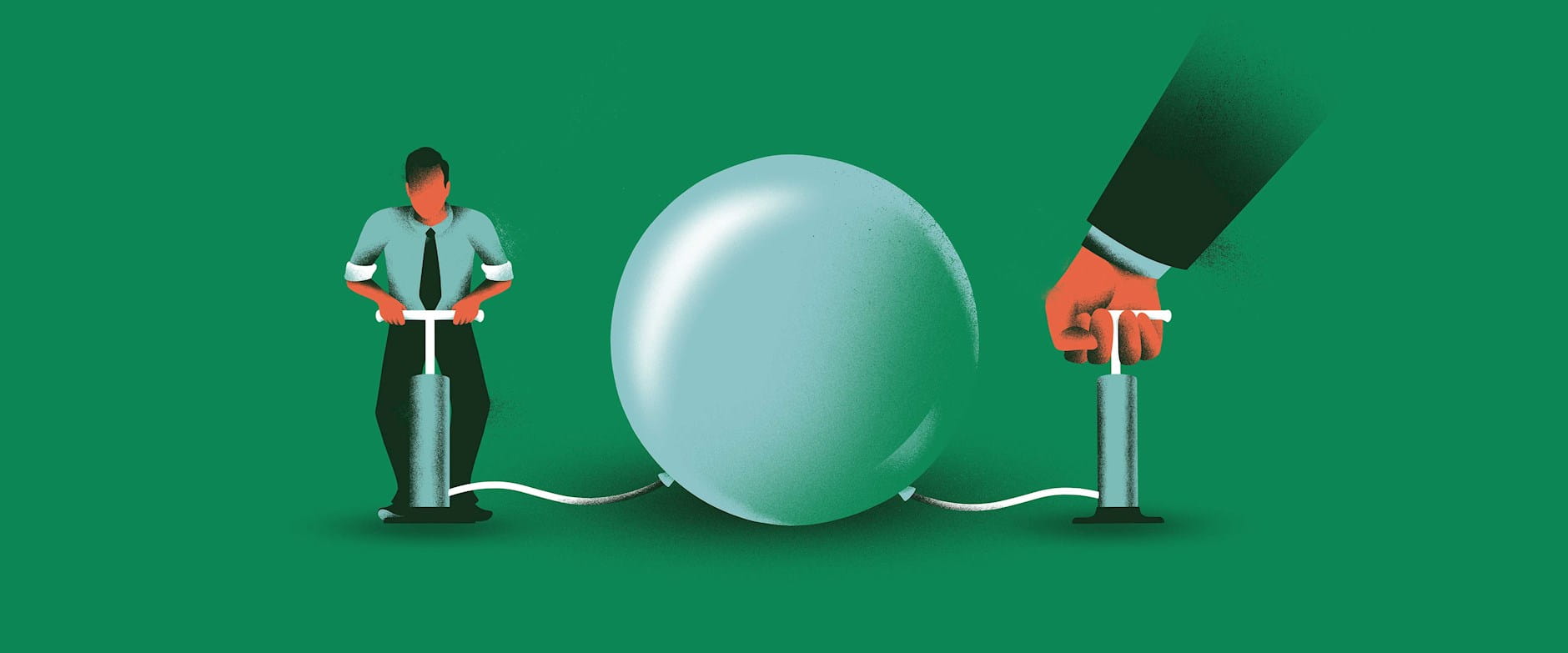It is central to Keynesian economic thought that market prices are sticky—that is, they sometimes fail to adjust quickly or at all to changes in supply and demand. Central banks therefore intervene to stabilize consumer price inflation, which in the United States is measured by the Consumer Price Index, put out by the Bureau of Labor Statistics. Their actions are grounded in the divine coincidence theory, which holds that keeping inflation stable will eliminate demand-side disturbances and allow the economy to produce at its maximum capacity. The theory allows policy makers to focus solely on inflation, providing assurance that there is no bill to be paid in terms of lost economic activity.
However, the models commonly used by central banks have little to say about the effects of supply-side disturbances on inflation or how policy makers should respond to those. That’s in part because these models assume an economy consists of a single industry, but the real world is more complex, observes Chicago Booth’s Elisa Rubbo. To provide a more accurate picture, she constructed a more refined model of the macroeconomy. Through her Divine Coincidence Inflation Index, she presents a more precise way for the US Federal Reserve, and central bankers more generally, to target inflation.
She explores this concept in a pair of papers, one more theoretical, the other analyzing the post-COVID US economy. While keeping aggregate inflation as its main focus, the Fed could better understand the causes of inflation by looking at the underlying sectoral price changes, Rubbo’s research suggests.
Consumer price inflation reflects the purchasing power of households, but it does not contain enough information to account for price stickiness and production shocks across all the various sectors of the economy, such as manufacturing, real estate, finance, and technology. Rubbo’s analysis finds that if the Fed isn’t careful, it can damage output while targeting the wrong inflation index.
For example, consumer price inflation does not account for the fact that certain industries (such as those using oil or other commodities) have volatile prices, while other industries (especially services) take longer to adjust their prices. Moreover, demand spikes or supply constraints in “tight” industries—such as the shipping sector, which is constrained by the number of available containers and amount of port space—tend to have disproportionately large effects on consumer inflation.
The COVID-19 pandemic provides a prime example of this kind of issue. Due to lockdowns and fear of infections, household spending was disrupted as people stopped going to restaurants, theaters, and other social outlets; meanwhile, they upgraded their home offices and living spaces. Moreover, the manufacturing sector was operating at limited capacity to avoid contagion, while many white-collar services could be easily performed remotely. These uneven changes in supply and spending patterns ended up overloading some tight sectors of the economy, thereby affecting consumer price inflation—but doing so in a way that was largely outside of the control of monetary policy. How, then, should the Fed have responded?
What drove inflation during the pandemic?
Rubbo’s work suggests a path forward that fits well with how the Fed and other central banks make decisions. She used a multisector framework in constructing her DCI Index, which synthesizes inflation movements across all areas of an economy while taking into account individual sector characteristics, including position in the production chain, overall tightness or slackness, and price volatility. This way, the index provides a measure of how far the economy is from its full production potential.
Rubbo used this framework to analyze the hot question of the postpandemic US economy: Did inflation reflect the supply-and-demand disruptions caused by shifting consumer spending and broken supply chains, or was it driven then—and now—by massive stimulus?
She finds that although supply issues were the main driver of inflation during the early phases of the pandemic, the Fed’s attempts to maximize output during that time led to demand-driven inflation afterward. “Now we are in the phase where demand is still high and inflation is still driven mostly by this demand, plus some energy prices,” she says.
What can central bankers do in the face of these complicated demand and supply disruptions? “Monetary policy makers have only one instrument, the nominal interest rate, which they must use to correct both the output gap and relative price distortions within and across sectors,” Rubbo writes. “Therefore they cannot implement the first best equilibrium in the multi-sector economy.”
Rubbo’s analysis suggests that, in most cases, it is best to focus on correcting demand-side distortions. But because her index allows central bankers to disentangle the components of inflation, it could inspire better-informed monetary-policy decisions, she argues. If policy makers know that inflation is coming from supply rather than demand, they might tolerate more of it, her research indicates. “Do we just want the average,” she asks, “or is there something useful about understanding the parts?”
- Elisa Rubbo, “Networks, Phillips Curves, and Monetary Policy,” Econometrica, forthcoming.
- ———, “What Drives Inflation? Lessons from Disaggregated Price Data,” Working paper, April 2023.
Your Privacy
We want to demonstrate our commitment to your privacy. Please review Chicago Booth's privacy notice, which provides information explaining how and why we collect particular information when you visit our website.
